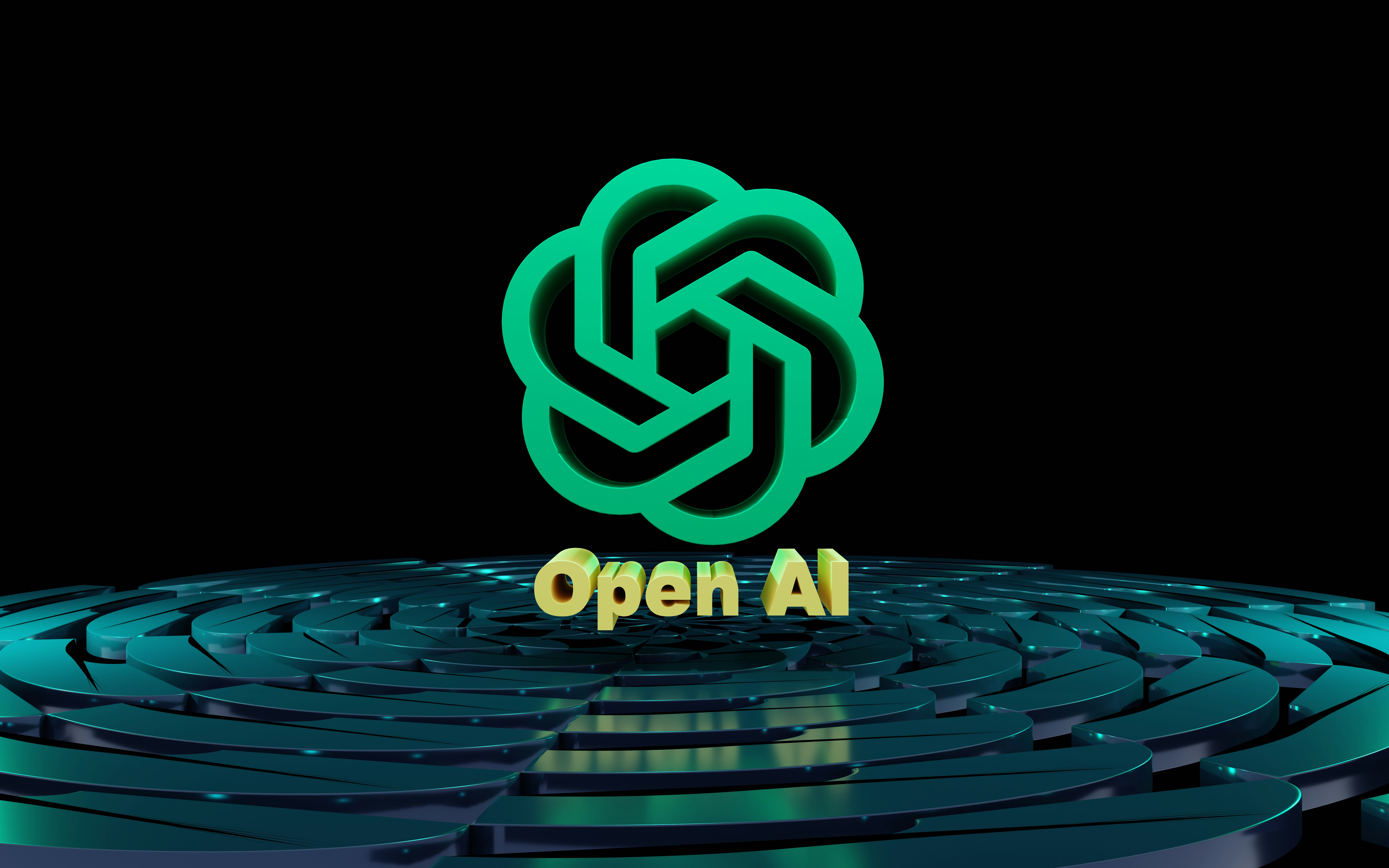Generative AI Revolutionizes Investment Strategies In Asset Management

The integration of generative artificial intelligence (AI) into investment decision-making processes marks a significant development in the asset management industry. Traditionally, AI has been utilized for operational and back-office tasks, but its capabilities are now being harnessed to drive strategic financial decisions. This shift reflects the growing recognition of AI’s potential to enhance investment performance through sophisticated data analysis and predictive modeling.
Evolution of AI in Asset Management
Historically, AI’s role in asset management was confined to operational functions such as data management, compliance, and administrative tasks. These applications improved efficiency and accuracy in handling vast amounts of data but had limited influence on direct financial strategies. Recently, however, advancements in generative AI technologies have enabled a broader application, moving from the back office to the front lines of investment decision-making.
Capabilities of Generative AI
Generative AI stands out for its ability to create new data insights and simulate market conditions. By analyzing extensive datasets, generative AI can identify patterns and trends that human analysts might overlook. This capability allows asset managers to forecast market behaviors and evaluate investment scenarios with greater precision. AI can generate predictive models that help in assessing risks and opportunities, making it a powerful tool for optimizing investment strategies.
Advantages of Using AI in Investment Decisions
The use of generative AI in investment decisions offers several advantages:
- Enhanced Accuracy: AI's ability to process and analyze large volumes of data enables more accurate predictions of market movements.
- Optimization of Portfolios: AI-driven insights help asset managers create optimized investment portfolios that balance risk and return more effectively.
- Increased Efficiency: AI reduces the time required to analyze data and make decisions, allowing for quicker response to market changes.
- Reduced Human Error: Automated data processing and analysis minimize the risk of errors inherent in manual handling.
Case Studies/Examples
Several asset management firms have successfully integrated generative AI into their investment processes, leading to notable improvements in performance. For instance, BlackRock's AI-driven Aladdin platform has enhanced its ability to predict market trends and manage risk. Similarly, JPMorgan's COIN (Contract Intelligence) program uses AI to analyze legal documents, saving thousands of hours of manual work and improving investment decision-making.
Ethical and Regulatory Considerations
The growing reliance on AI for investment decisions necessitates robust ethical and regulatory frameworks. Transparency in AI-driven decisions is crucial to ensure trust and accountability. Ethical concerns include the potential for biases in AI algorithms and the need for oversight to prevent misuse. Regulatory bodies must develop guidelines that ensure responsible AI deployment while fostering innovation in the financial sector.
Impact on Workforce
The integration of AI in asset management also has implications for the workforce. There is potential for job displacement among traditional financial analysts as AI takes over more analytical tasks. However, human analysts will continue to play a crucial role in interpreting AI-generated insights and making strategic decisions. The evolving landscape requires a shift in skill sets, with an emphasis on AI literacy and the ability to collaborate with advanced technologies.
Future Prospects
The future of AI in asset management holds promise for further innovations and developments. As AI technologies continue to evolve, they are likely to become even more integral to investment strategies. The long-term implications for the financial industry include more dynamic and responsive investment processes, greater efficiency, and potentially higher returns for investors.
Conclusion
Generative AI is transforming investment strategies in asset management, moving from back-office duties to a central role in financial decision-making. While this shift brings numerous advantages, it also raises ethical and regulatory challenges that must be addressed. Balancing innovation with responsible AI deployment will be key to realizing the full potential of generative AI in the financial sector. As the industry adapts to these changes, the future of asset management looks set to be increasingly driven by advanced technologies.
Author: Ricardo Goulart
From Chip War To Cloud War: The Next Frontier In Global Tech Competition
The global chip war, characterized by intense competition among nations and corporations for supremacy in semiconductor ... Read more
The High Stakes Of Tech Regulation: Security Risks And Market Dynamics
The influence of tech giants in the global economy continues to grow, raising crucial questions about how to balance sec... Read more
The Tyranny Of Instagram Interiors: Why It's Time To Break Free From Algorithm-Driven Aesthetics
Instagram has become a dominant force in shaping interior design trends, offering a seemingly endless stream of inspirat... Read more
The Data Crunch In AI: Strategies For Sustainability
Exploring solutions to the imminent exhaustion of internet data for AI training.As the artificial intelligence (AI) indu... Read more
Google Abandons Four-Year Effort To Remove Cookies From Chrome Browser
After four years of dedicated effort, Google has decided to abandon its plan to remove third-party cookies from its Chro... Read more
LinkedIn Embraces AI And Gamification To Drive User Engagement And Revenue
In an effort to tackle slowing revenue growth and enhance user engagement, LinkedIn is turning to artificial intelligenc... Read more

